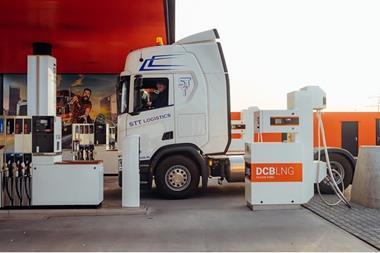Chaotic oil markets continued through April culminating in US benchmark West Texas Intermediate (WTI) managing the unthinkable, dipping briefly into negative territory. Oil producers announced output cuts but failed to rebalance the supply/demand equation sufficiently to stem the losses in the market initiated by the effects of the Covid-19 pandemic.
In Europe, crude prices were broadly unchanged on the month, closing out at just over $25/bl, after falling under $20/bl for the first time since 1999. And the spot gasoline market in Rotterdam hit an all-time low.
The shock and disbelief at US traders having to pay $37/bl to take crude oil off their hands at the expiry of the May WTI futures contract on April 20 propelled oil markets up the news agenda. But the negative price was momentary, largely technical, and down to severe constraints at the contract’s delivery point in Oklahoma.
The Opec+ group of producers, led by Saudi Arabia and Russia, abandoned its price war for market share to agree production cuts of 9.7 mn b/d in May-June, but markets dismissed the move as too little, too late. The scale of demand destruction because of Covid-19 is immense with the International Energy Agency pegging April demand at levels last seen in 1995.
Lockdowns across Europe continue to dent demand for transport fuels, and refiners are cutting crude throughputs or shutting down plants completely. Diesel provided some comfort for refiners early on in the crisis as agricultural, construction and stockpiling demand pushed up margins. But these margins have halved in April and have been universally dismal for gasoline and jet fuel. The problem is now finding storage to accommodate ever-increasing stocks.
Benchmark Brent crude futures are less prone to negative pricing than US benchmark WTI, and even the suggestion Brent could be temporarily worth less than nothing seems fanciful. But prompt physical North Sea crudes are currently pricing in at a big discount to futures. Storage is brimming in Europe and companies have resorted to using floating storage on tankers. Demand will need to pick up before storage runs out.

































No comments yet